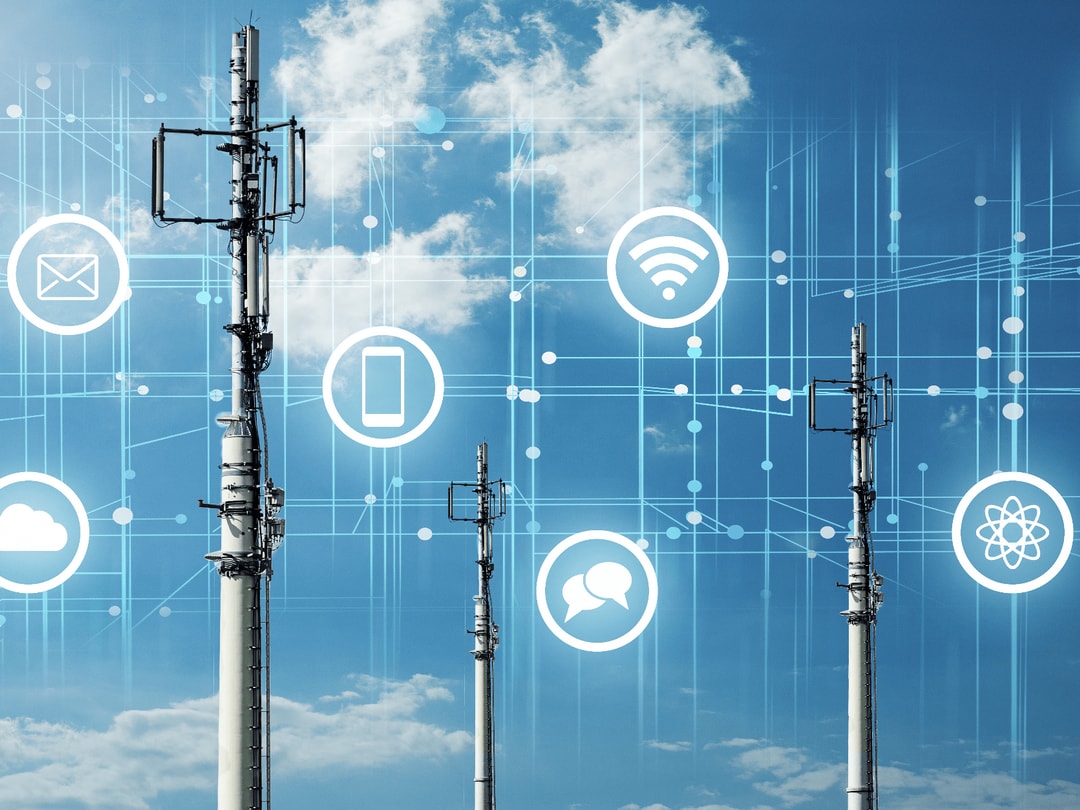

For a better understanding, let's take human language as an example. There are about 6900 different languages spoken across the world. For people to be able to communicate with each other, it is essential that they speak the same language. Communication is an exchange or transmission of information and the process always requires at least two participants. Often, communication begins with the first contact, which can be, for example, a handshake or a first eye contact.
By increasing the volume and talking more loudly, for example, the message or tone travels further and thus the range of the message projection is increased. In contrast, unclear pronunciation or a low volume can make it difficult for the receiver to clearly hear and understand the message, even when the language spoken is actually the same.
The same applies to radio...
A radio protocol is a communication protocol for digital data transmission using electromagnetic waves. A communication protocol is simply a set of rules that have been agreed upon to allow data to be transferred between two or more parties. Syntax, semantics and synchronization, as well as troubleshooting, are specified by it.
As with communication between people, there need to be at least two participants: a sender and at least one receiver. Humans can (hopefully) clarify misinterpretations and misunderstandings if needed. For technical communication between a transmitter and receiver module, comprehensive definitions must be set to ensure error-exclusion. Firmware determines the format in which radio waves should be sent, and how the received signals are to be interpreted. This essentially includes:
In practice, this means that prior to sending the data packets that contain the message (similar to space travel, we use the term “payload”), other data packets are sent that define the format of the radio connection according to the respective radio protocol and send meta information. Just as with a language, gestures and undertone also convey a message.
This binary information is sent using the defined protocol and the radio frequency.
There are a number of very different radio protocols for different applications, which differ primarily in terms of data rate and range. The most common protocols are listed in the following graphic. In addition to the standard protocols, it is also possible to use proprietary protocols - Würth Elektronik also has suitable components for this.
In addition to the protocol, the design of the antenna is also imperative when choosing a radio solution. Antennas convert the electrical signal into an electromagnetic signal and vice-versa. They are the vocal cords of radio, so to speak.
There are different types, such as chip antenna, PCB antenna, wire antenna, monopole antenna and dipole antenna. The most important feature of an antenna is its range. This depends on various factors such as antenna gain, sensitivity, selectivity, blocking and the environment (LOS, obstacles, reflections, multipath fading).
If you wish to implement a wireless solution reliably, you will not be able to avoid testing. Würth Elektronik therefore also offers Evaluations-Kits.
By the way, some interesting rules of thumb can help:
Why should you order your radio modules from Würth Elektronik?
The reasons are simple: Würth Elektronik has over 20 years of experience and offers more than 350 different radio modules that cover a diverse range of radio protocols. Compliance of all models is attested and they are all pre-certified. Software-Tools, Evaluations-Kits and USB-Sticks with radio modules are also available. WE-ProWare - a pre-installed firmware, as well as manuals and application notes are readily accessible.
And of course, as with all our products: the best quality, superb support and no minimum order quantities.
